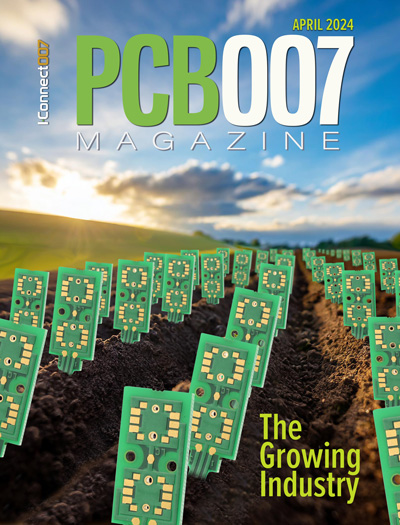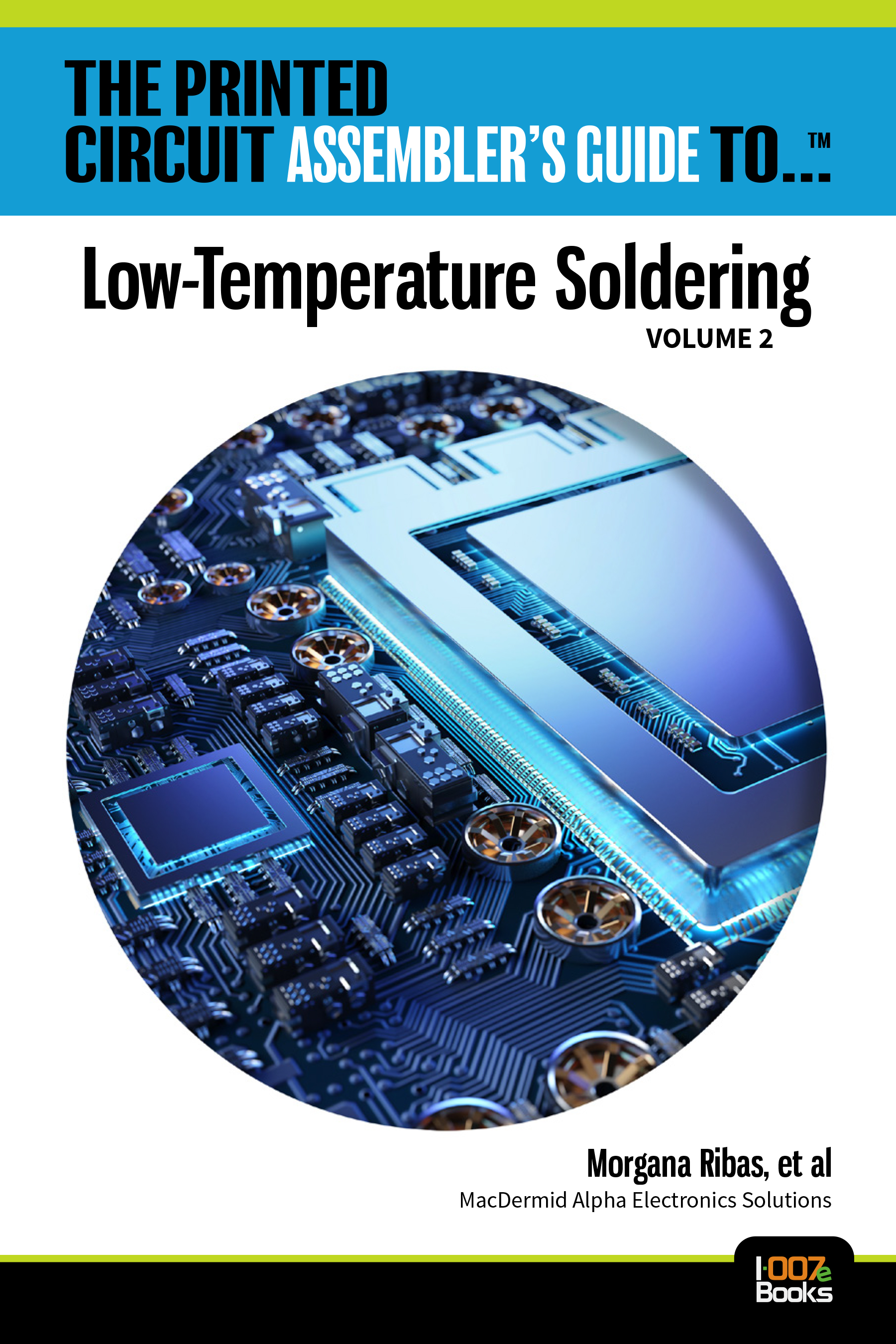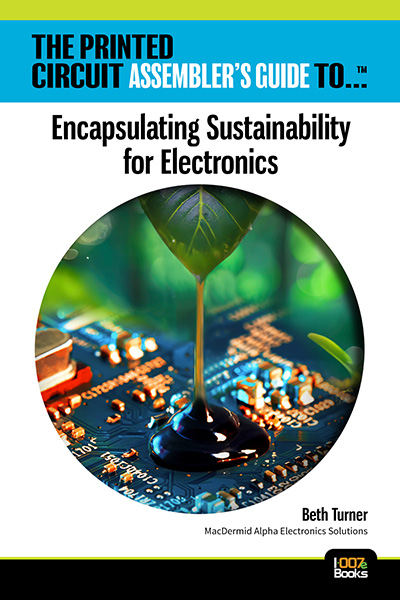-

- News
- Books
Featured Books
- pcb007 Magazine
Latest Issues
Current Issue
The Growing Industry
In this issue of PCB007 Magazine, we talk with leading economic experts, advocacy specialists in Washington, D.C., and PCB company leadership to get a well-rounded picture of what’s happening in the industry today. Don’t miss it.

The Sustainability Issue
Sustainability is one of the most widely used terms in business today, especially for electronics and manufacturing but what does it mean to you? We explore the environmental, business, and economic impacts.

The Fabricator’s Guide to IPC APEX EXPO
This issue previews many of the important events taking place at this year's show and highlights some changes and opportunities. So, buckle up. We are counting down to IPC APEX EXPO 2024.
- Articles
- Columns
Search Console
- Links
- Events
||| MENU - pcb007 Magazine
Designer's Notebook
Column from: Vern Solberg
Vern Solberg is a technical consultant specializing in SMT and microelectronics design and manufacturing technology. He has served the electronics industry for more than thirty-five years in areas related to both commercial and aerospace electronic product development and is active as an author and educator. Solberg holds several patents for IC packaging innovations including the multiple die and folded-flex 3D package technology and is the author of Design Guidelines for Surface Mount and Fine-Pitch Technology a McGraw-Hill publication.


